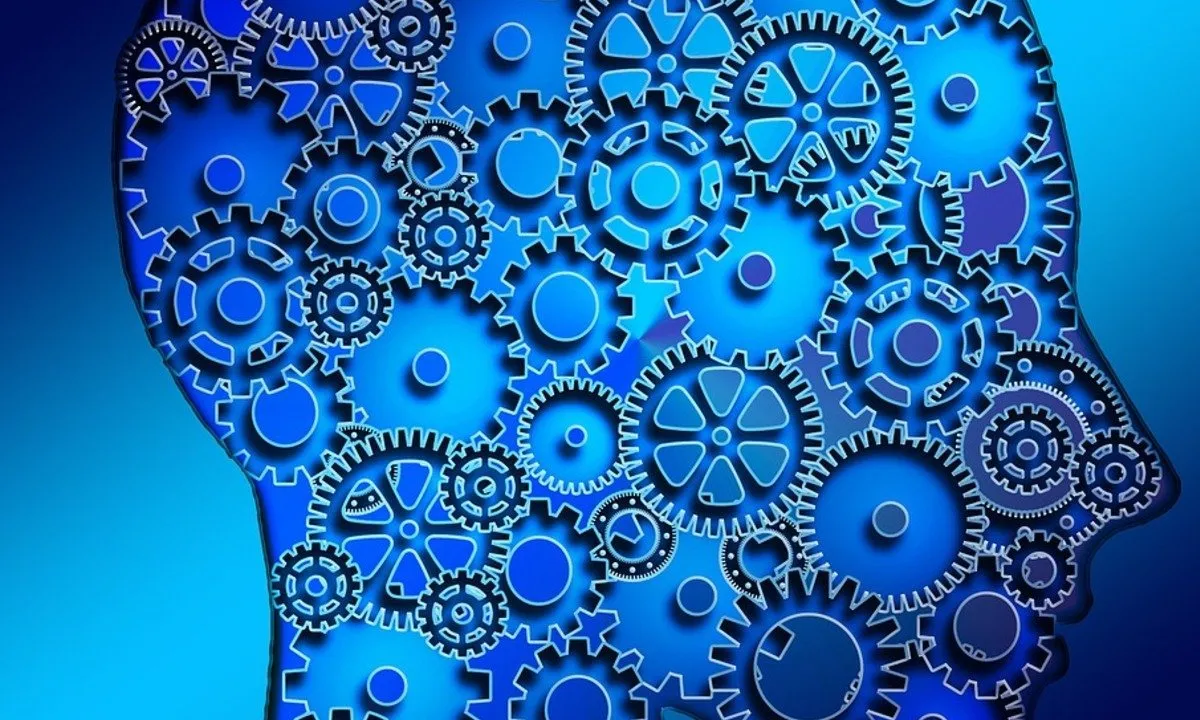
R Programming in Data Science: High Velocity Data 
This course provides an introduction to R programming for data science, focusing on the use of R to acquire, process, and present high-velocity data. Participants will gain the skills to effectively work with high-velocity data and leverage the power of R. ▼
ADVERTISEMENT
Course Feature
![]() Cost:
Cost:
Free Trial
![]() Provider:
Provider:
Udemy
![]() Certificate:
Certificate:
No Information
![]() Language:
Language:
English
Course Overview
❗The content presented here is sourced directly from Udemy platform. For comprehensive course details, including enrollment information, simply click on the 'Go to class' link on our website.
Updated in [March 06th, 2023]
This course provides an overview of R programming in data science, with a focus on high velocity data. It begins by introducing a framework for understanding the various types of high-velocity data. It then explains how to use R to acquire high-velocity data, as well as how to use profiling tools and optimise R code for use with high-velocity data. The course concludes by looking at how to use R to present data, including how to create interactive dashboards using Shiny—an R package that allows you to build web apps directly from R.
Throughout the course, students will learn how to use R to acquire, process, and analyse high-velocity data. They will also learn how to use profiling tools to identify and optimise R code for use with high-velocity data. Finally, they will learn how to use R to create interactive dashboards using Shiny.
By the end of the course, students will have a comprehensive understanding of R programming in data science, with a focus on high velocity data. They will be able to acquire, process, and analyse high-velocity data, as well as optimise R code for use with high-velocity data. They will also be able to create interactive dashboards using Shiny.
[Applications]
After completing this course, participants should be able to apply the concepts and techniques learned to their own data science projects. They should be able to use R to acquire high-velocity data, profile and optimise R code, and create interactive dashboards using Shiny. Additionally, they should be able to apply the strategies for efficient R programming to their own projects.
[Career Paths]
1. Data Scientist: Data Scientists use R programming to analyze and interpret large datasets to uncover trends and insights. They use their findings to develop strategies and solutions to improve business operations. Data Scientists are in high demand, and the demand is expected to continue to grow as more organizations rely on data-driven decision making.
2. Data Analyst: Data Analysts use R programming to analyze and interpret data to identify patterns and trends. They use their findings to develop strategies and solutions to improve business operations. Data Analysts are in high demand, and the demand is expected to continue to grow as more organizations rely on data-driven decision making.
3. Business Intelligence Developer: Business Intelligence Developers use R programming to develop and maintain business intelligence systems. They use their knowledge of R programming to create dashboards, reports, and other visualizations to help organizations make better decisions. The demand for Business Intelligence Developers is expected to continue to grow as organizations rely more heavily on data-driven decision making.
4. Machine Learning Engineer: Machine Learning Engineers use R programming to develop and maintain machine learning models. They use their knowledge of R programming to create algorithms and models that can be used to make predictions and decisions. The demand for Machine Learning Engineers is expected to continue to grow as organizations rely more heavily on data-driven decision making.
[Education Paths]
1. Bachelor of Science in Data Science: This degree path focuses on the fundamentals of data science, including data analysis, data visualization, machine learning, and data engineering. It also covers topics such as data mining, predictive analytics, and artificial intelligence. Developing trends in this field include the use of big data, cloud computing, and natural language processing.
2. Master of Science in Business Analytics: This degree path focuses on the application of data science to business problems. It covers topics such as data-driven decision making, predictive analytics, and data visualization. Developing trends in this field include the use of artificial intelligence, machine learning, and blockchain technology.
3. Master of Science in Computer Science: This degree path focuses on the fundamentals of computer science, including algorithms, data structures, and software engineering. It also covers topics such as artificial intelligence, machine learning, and natural language processing. Developing trends in this field include the use of cloud computing, distributed systems, and blockchain technology.
4. Doctor of Philosophy in Data Science: This degree path focuses on the advanced topics of data science, including data mining, machine learning, and artificial intelligence. It also covers topics such as natural language processing, predictive analytics, and data visualization. Developing trends in this field include the use of big data, cloud computing, and deep learning.
Course Syllabus
Perspectives on high-velocity data
Simulating high-velocity data
Concepts of batch data
Handling batch data with R
Working with near real-time data
Handling near real-time data with R
Concepts of real-time data
Handling real-time data with R
Setting a default CRAN mirror
Course Provider

Provider Udemy's Stats at AZClass
Discussion and Reviews
0.0 (Based on 0 reviews)
Explore Similar Online Courses

Information Security Manager: Information Risk Management

Machine Learning: Classification

Python for Informatics: Exploring Information

Social Network Analysis

Introduction to Systematic Review and Meta-Analysis

The Analytics Edge

DCO042 - Python For Informatics

Causal Diagrams: Draw Your Assumptions Before Your Conclusions

Whole genome sequencing of bacterial genomes - tools and applications

Applied Data Science: An Introduction

Big Data Integration and Processing

Data Science and Agile Systems for Product Management
 Related Categories
Related Categories
 Popular Providers
Popular Providers
Quiz
 Submitted Sucessfully
Submitted Sucessfully
1. What is the main purpose of this course?
2. What is the Shiny package used for?
3. What is the main focus of this course?


Start your review of R Programming in Data Science: High Velocity Data